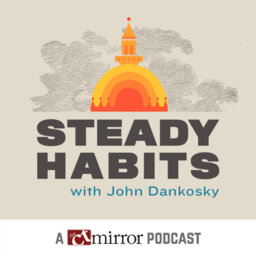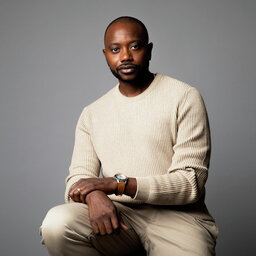The Plan To Transform Hartford's Highways, Riverfront and Fortunes
This week, we take a look into the future of Connecticut’s capital city. And not a science fiction look, 100 years out, but something a bit more manageable. It’s a plan to re-route highways that have cut off parts of the city from each other, and from the river that gives Connecticut its name. It’s a plan to knit together smaller projects with big, national efforts, like an expansion of high-speed rail in the Northeast, with a hope of attracting more people to the region, and making life better for those who live here.
The project is called Hartford 400 - named for the city’s upcoming 400th birthday in 2035, a date that marks the European settlement of the region, which has a much longer history of Native American settlement.
The plan builds on community work that’s been trying to solve the problem of what to do with the failing, I-84 raised highway; ideas of how to fix the failing river walls that keep the Connecticut from flooding the city, while reclaiming access to its banks; tunnel concepts floated by U.S. Rep. John B. Larson; and questions about how to capitalize on the $2 trillion infrastructure plan put out by the Biden administration.
The cost? It’s big: $17 billion over 15 years. But my guest, Doug Suisman, says this confluence of events gives the city, and the state, a chance to do something that might never happen again: remake Hartford with a new vision.
Suisman is an architect and urban designer, based in Los Angeles. But he’s a native of Hartford, and he led the city’s iQuilt project, a precursor to Hartford 400.
In the first of two conversations, we talk about the big ideas - and what it will mean for the roadways which have caused such dislocation and congestion for decades.
 Steady Habits: A CT Mirror Podcast
Steady Habits: A CT Mirror Podcast


